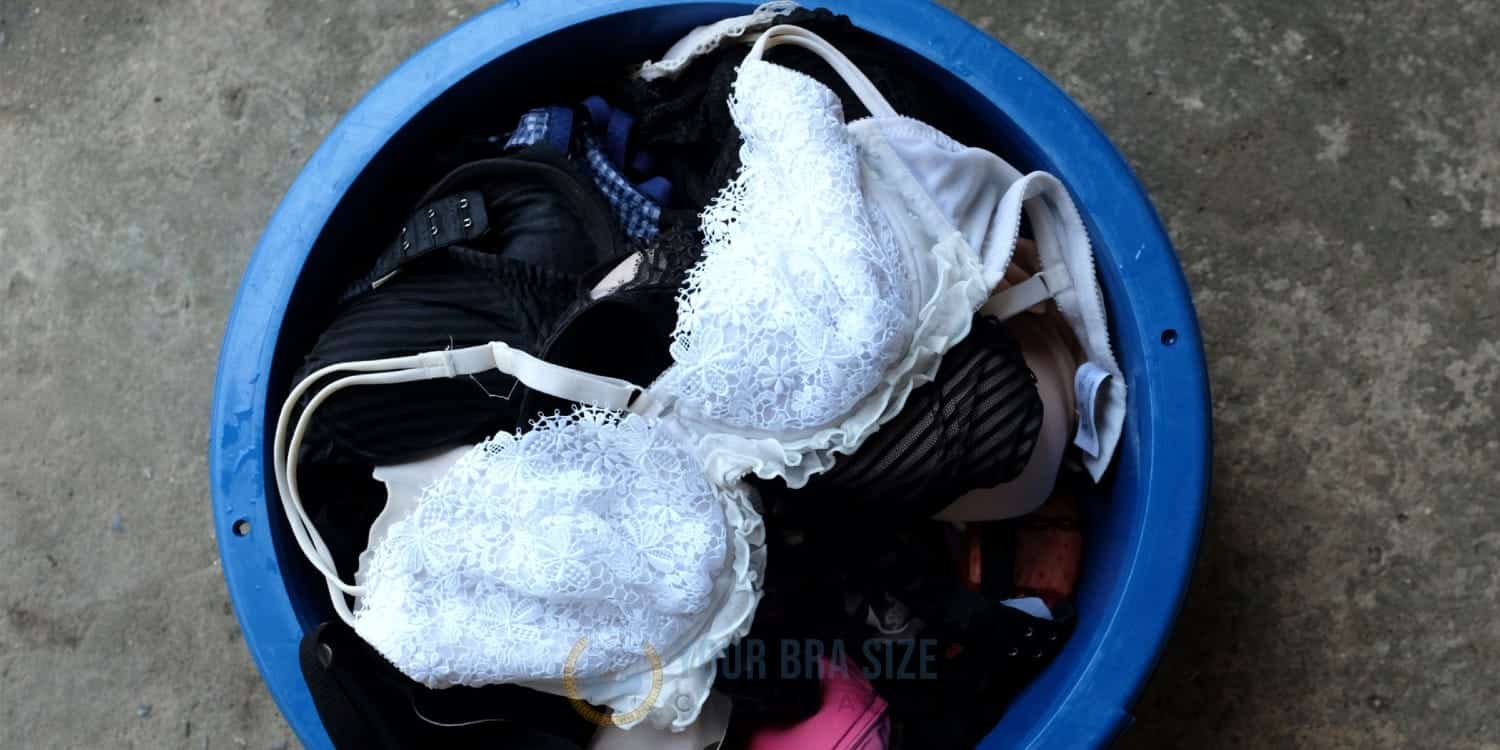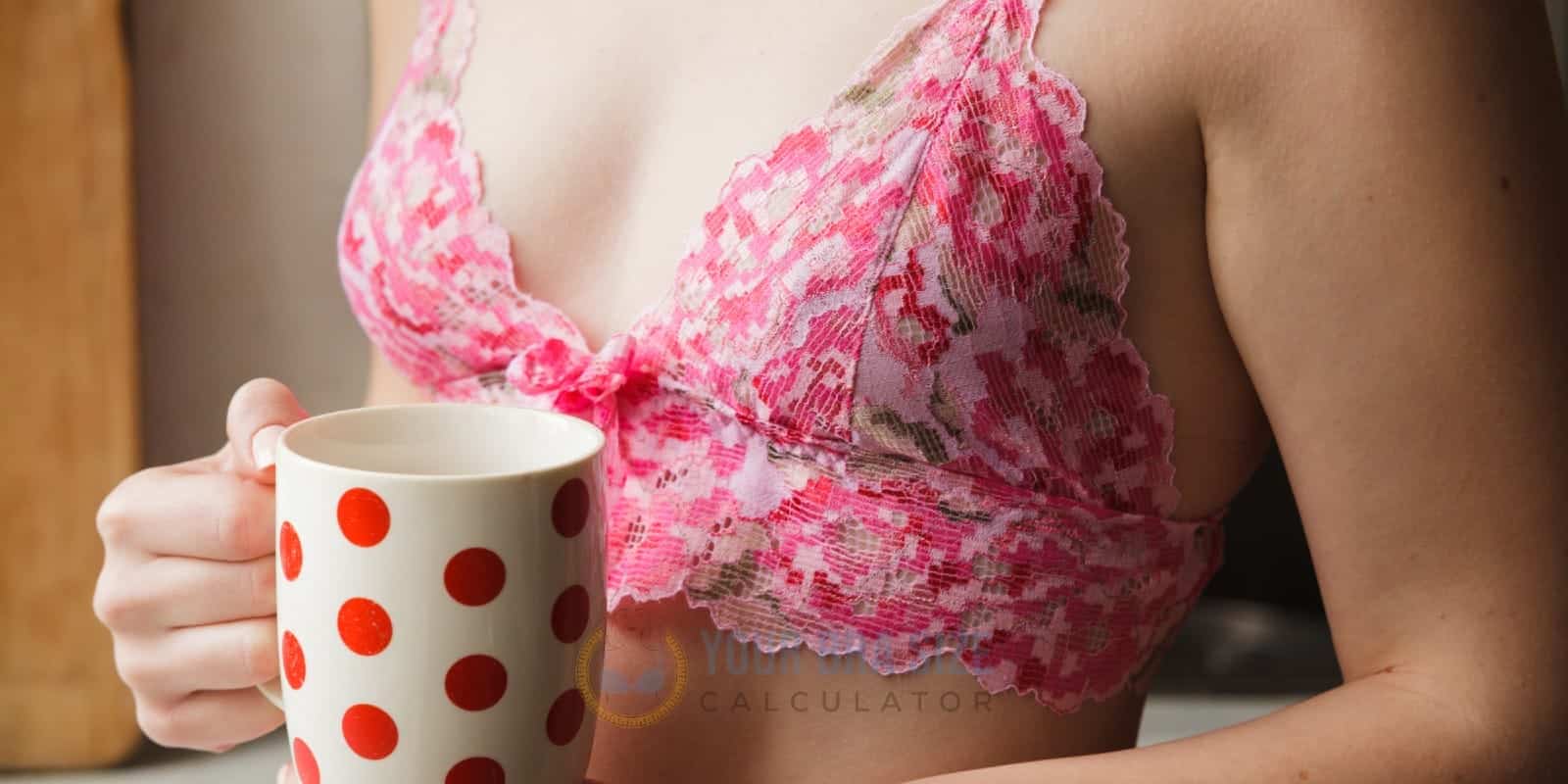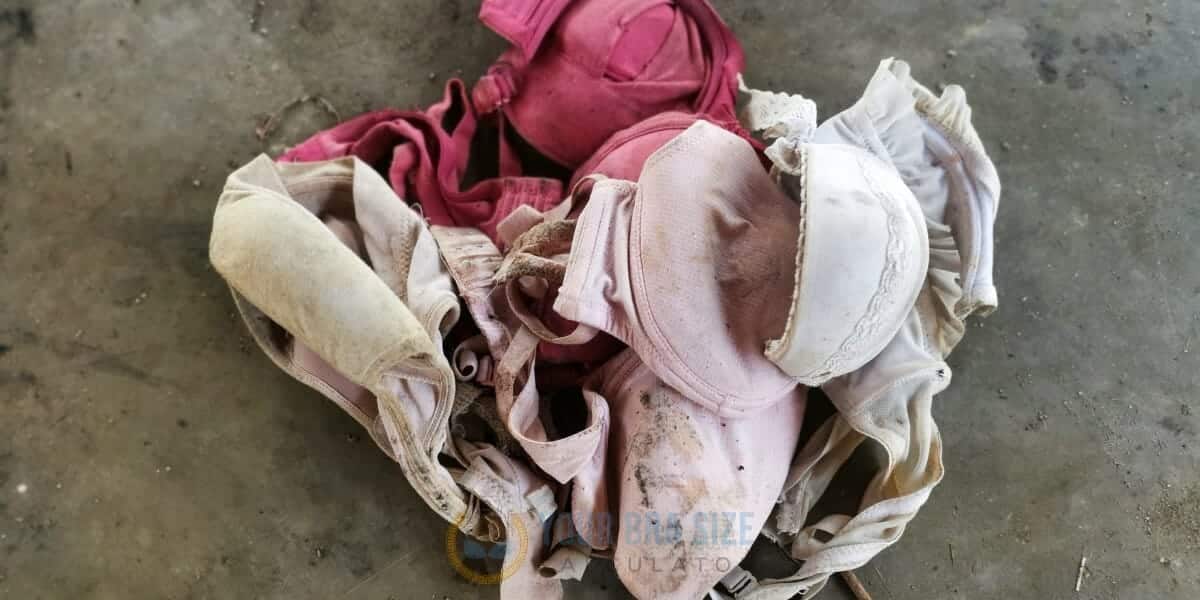Do you wonder why your bra size and shape change as you age? Have you ever asked: “Why do my breasts look different than they did a few years ago?” If so, then this article is perfect for you. Here, we will explore the impact of age on bra size and shape, discussing what to expect throughout the lifespan.
At first glance, it may seem that our bras don’t change much during our lifetime – but in reality, several factors cause our bodies to alter over time. For instance, hormonal fluctuations due to pregnancy or menopause are essential in developing our breast tissues. Additionally, weight gain or loss can affect how a bra fits and looks different from when we were younger.
We all want comfortable lingerie that supports us throughout life’s changing stages; understanding the effects of aging on our chest size helps us achieve this goal! By exploring research-backed information about age-related transformations of the breasts, we can make sure we pick out just the right fitting brassiere at any stage of life. So let’s learn more about how age impacts bra size and shape!

Understanding Breast Anatomy
Breasts are like fingerprints; no two sets of breasts are precisely the same. To understand how age affects breast size and shape, it is essential first to understand breast anatomy. Breast structure includes various components: adipose tissue, lobules, ducts, connective tissue, ligaments, and glands. During puberty and throughout life, the development of these structures changes due to hormones and body composition. This can be seen in diagrams detailing the various layers of breast tissue – from outer skin down to glandular tissue within the chest cavity. Considering age-related changes in breast size and shape, keeping this information on breast anatomy is helpful.
Age-Related Changes In Breast Size And Shape
As women age, their breasts often experience changes in both size and shape. Hormonal fluctuations over time can contribute to these changes and the natural aging process. The most common difference is a decrease in breast size due to decreased levels of estrogen that naturally occur with age. This decline in estrogen also results in less firmness and elasticity, which causes sagging or drooping of the breasts.
In addition, there may be variations in the symmetry of the two sides of each breast. Asymmetry becomes more prominent with age because one side may have higher levels of collagen than the other, resulting in different shapes for each breast. These differences can make it challenging to find accurate bra sizing since bras are typically designed for perfectly symmetrical breasts.
Women should pay attention to how their changing bodies affect their choice of undergarments and consider purchasing bras designed explicitly for aging breasts if necessary. Proper fit and compression can reduce unwanted movement while providing support and comfort throughout the day. Transitioning into weight fluctuation: A woman’s body weight is affected by her diet and hormones, making it essential to wear correctly fitted bras when she experiences weight changes.
Weight Fluctuations
Weight fluctuations can cause age-related changes in bra size and shape. As people grow older, their body weight tends to fluctuate due to natural processes such as hormonal changes or lifestyle modifications. This means that the bust size of an individual will also change over time. For instance, a woman may experience her cup size increasing after she starts menopause because of the extra estrogen released during this period. On the other hand, a decrease in overall body weight could lead to a reduction in cup size.
When it comes to finding bras with appropriate support for different sizes and shapes, women should consider getting professionally fitted by a trained specialist who can consider any age-related changes they might be experiencing. Additionally, individuals should look for bras made from materials designed specifically to provide adequate support and comfort throughout various stages of life.
Individuals must remember that these age-related changes are regular and should not be viewed negatively. With proper care and attention, individuals of all ages can find comfortable bras that fit well regardless of their current bust size or cup size. Pregnancy and breastfeeding can significantly affect an individual’s shape and breast size; thus, understanding how to adjust one’s wardrobe properly is essential during this time.
Pregnancy And Breastfeeding
Moving on from weight fluctuations, it is interesting to note that pregnancy and breastfeeding can also significantly affect breast size and shape. According to research by the American Society of Plastic Surgeons, 72% of women reported an increase in bra size after giving birth. This means many women must find a new fitting for their bras after pregnancy or breastfeeding.
The primary factor affecting post-partum changes to breasts is age. Generally speaking, younger mothers tend to experience more significant increases in breast and cup sizes than older mothers. As well as this, younger mothers are more likely to experience a loss of volume when they stop breastfeeding than older mothers, who may not experience any change at all.
In addition to age, other factors such as genetics and lifestyle choices can influence how much your body changes during pregnancy and breastfeeding. For instance, if you have smaller breasts before pregnancy, you may find that your breasts don’t grow very large during this time; however, if you already have fuller breasts, you may notice more dramatic growth over the course of your pregnancy and while nursing. Ultimately, every woman’s body is different, so it’s important to remember that no two pregnancies will be identical – even between siblings! Finding the right fit for yourself is essential regardless of pregnancy.
Finding The Right Fit
When finding the right fit, age can play a significant role. Women often experience changes in their breast size and shape as they age. Therefore, women should be aware of how these factors may influence sizing and fit when searching for a comfortable bra.
The first step is understanding your body type, which can help determine the best cup size. A proper fitting starts by measuring your rib cage around the bra band. This number will give you an idea of your base size before considering other factors such as cup sizes or style preferences. Many lingerie stores provide helpful free-size guides that include measurements for different bras based on body type.
Try on several styles and sizes to find one that fits comfortably without gaps or tightness. Ask a salesperson for assistance in picking out a few options so you can see what works best with your individual shape and lifestyle needs. Additionally, wearing an ill-fitting bra can cause long-term health complications like indentations or pain due to uncomfortable straps digging into the skin; therefore, selecting something that feels supportive yet still allows freedom of movement is essential.
For many women, knowing they are wearing something functional and fashionable makes all the difference when shopping for undergarments–no matter their age! With careful consideration for comfort and support, selecting a properly fitted bra doesn’t have to feel daunting. Long-term health considerations should also be considered when making this critical purchase decision.
Long-Term Health Considerations
It’s like a game of musical chairs; as our age increases, the size and shape of our breasts can change. As women grow older, their bra sizes tend to decrease in cup size due to natural changes within the body that occur over time. Being aware of these changes is critical for long-term breast health:
Breast Health Considerations:
- Sagging Breasts: Over time, sagging can occur, which may require surgical intervention if it becomes severe enough.
- Breast Cancer risks: Older women are at an increased risk for developing breast cancer due to hormonal fluctuations and other causes. They must receive regular mammograms and medical checkups to detect signs or symptoms early on.
Cup Size & Body Shape Changes:
- Bra Sizing Adjustments: Women will likely need to adjust their bra sizing as they age due to changing body shapes and sizes. This could include increasing or decreasing cup size depending on how much weight was gained or lost during menopause.
- Contour Bras: Wearing contour bras with molded cups and adjustable straps can help provide support while creating a more flattering silhouette.
Women should be mindful of the potential impact that aging has on their busts when considering both short-term and long-term decisions about clothing choices and lifestyle habits. With proper care, women can maintain healthy breasts into old age – even with smaller cup sizes or different body shapes than before!
Conclusion
In conclusion, understanding the changes in breast size and shape as we age is vital to finding a comfortable, supportive fit. As our bodies change over time, knowing what type of bra will provide us with long-term health benefits and comfort is essential.
While fluctuations in weight and pregnancy can cause temporary changes in our breasts, these are all part of life’s natural cycle. With an open mind and some trial and error when shopping for bras, you can find the perfect fit regardless of age.
At any stage, feeling confident about ourselves should be our priority. Whether you’re 18 or 80, the right-fitting bra can help boost my self-esteem by making me look and feel my best. So don’t wait – get out there and start exploring new styles!








